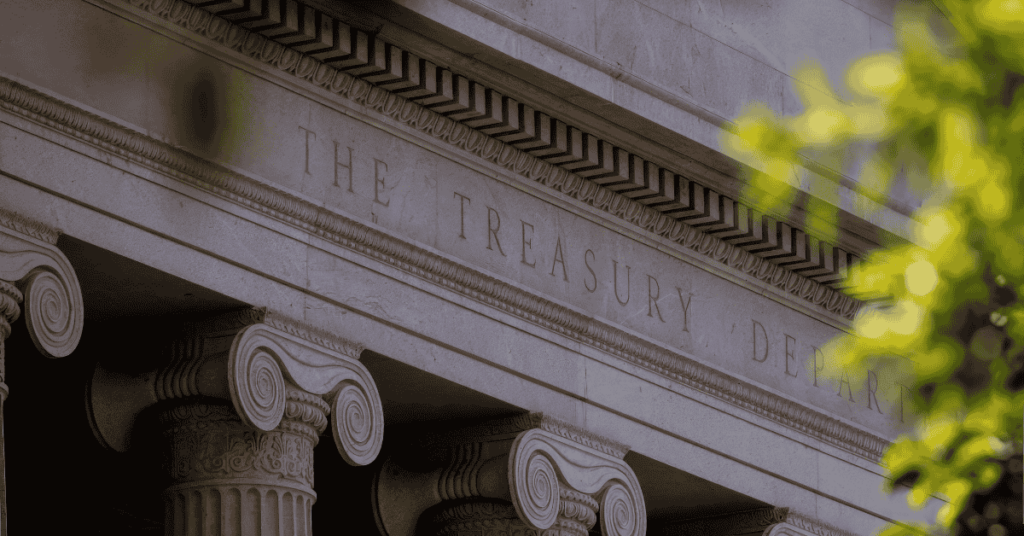The budget outlook for the states is improving, but uncertain. In this context, states must find ways to generate additional revenue that create neither additional responsibilities for individuals and families struggling to make ends meet nor additional distortions in the economy as a whole. For eight states – Arkansas, Hawaii, Montana, New Mexico, North Dakota, South Carolina, Vermont, and Wisconsin – one straightforward approach would be to repeal the substantial tax breaks that they now provide for income from capital gains.1 In tax year 2010 alone, these eight states are expected to lose a total of $490 million in income tax revenue due to such misguided policies, with individual losses ranging from $14 million to $151 million per state. In some of these states, these losses reduce income tax revenues by as much as 7 percent—suggesting that other states seeking to introduce new capital gains tax break in their upcoming legislative sessions could see a similar drop in income tax revenues. Sensibly, two states have at least partially repudiated capital gains tax breaks in the last two years, based on concerns about their fairness and effectiveness.
This report explains what capital gains are, how they are treated for tax purposes, and who typically receives them. It also details the consequences of providing preferential tax treatment for capital gains income for states’ budgets, taxpayers, and economies in the eight states currently offering such treatment. Lastly, it responds to claims about both the relationship between capital gains preferences and economic growth and the role capital gains taxation plays in state revenue volatility. (Appendices to the report provide detailed state-by-state estimates of the impact of repealing capital gains tax preferences and describe the computer model used to derive those estimates.)






